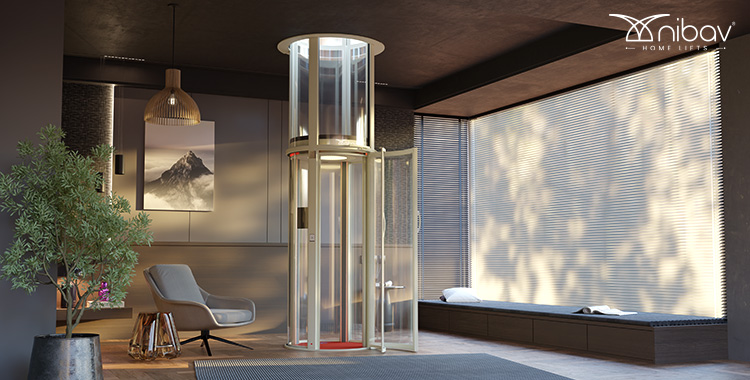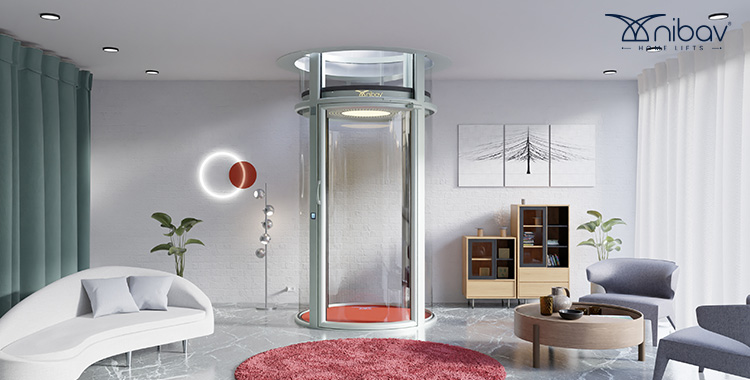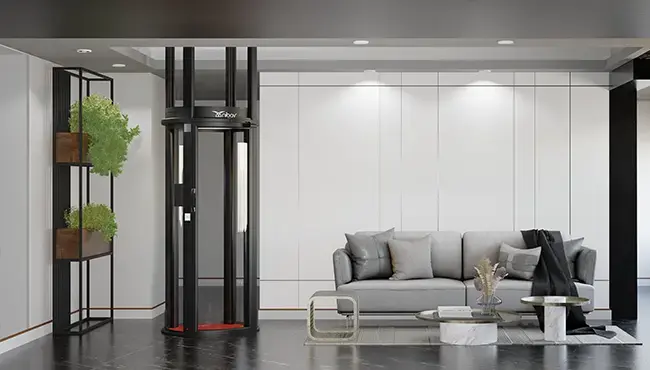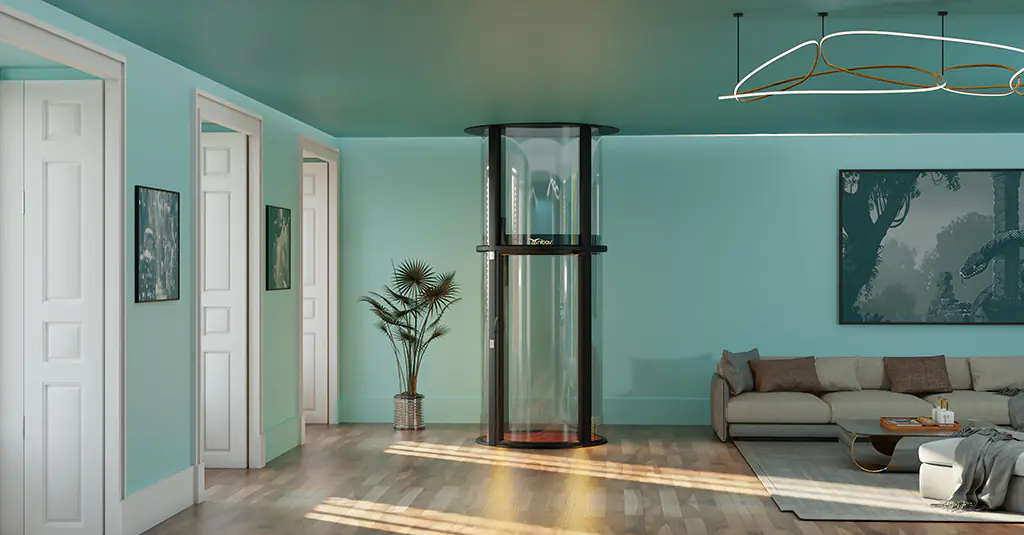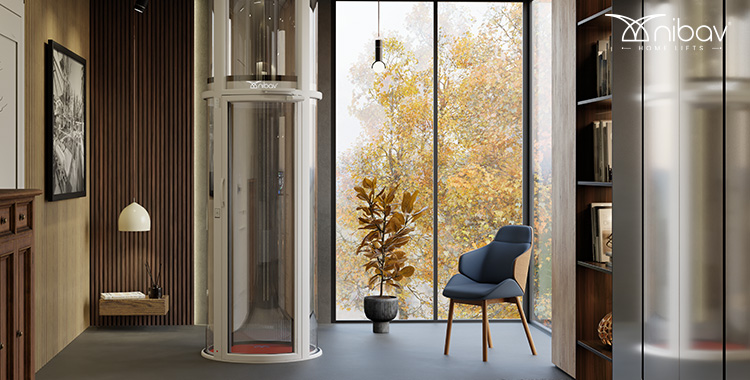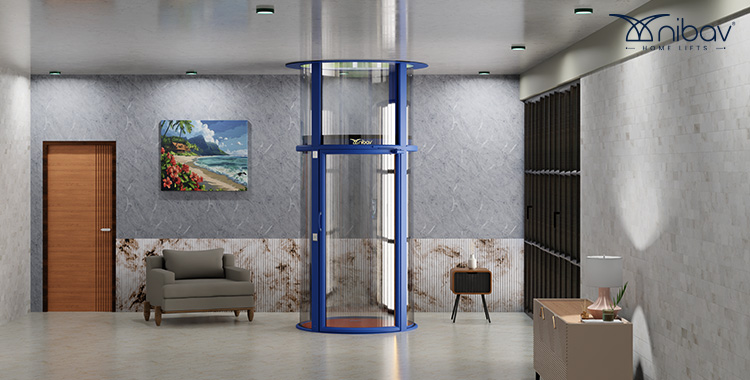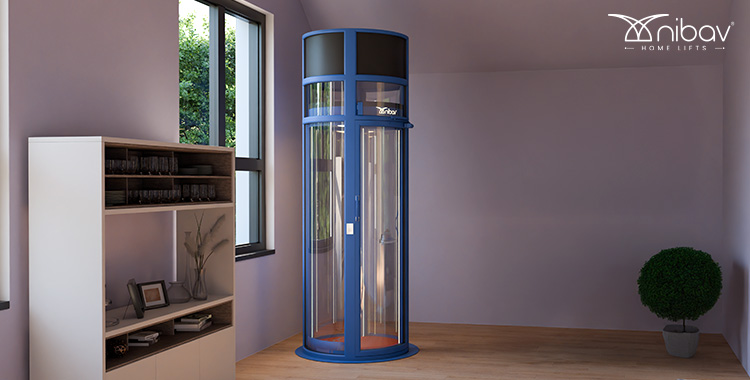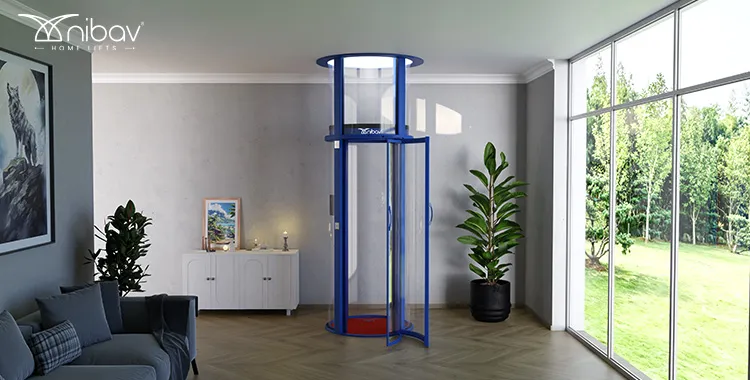
Table of Contents
- Introduction
Introduction
Ever thought about installing a home lift but got scared off by the upkeep?
You’re not alone.
In the real world, owning an elevator sounds cool—until you’re stuck chasing service technicians or paying for pricey repairs. It’s not the ride up or down that stresses people out; it’s the part where things go wrong when you least expect it.
Let’s face it—nobody wants a fancy lift that turns into a money pit.
That’s why smart homeowners today are leaning toward low maintenance glass lifts that look amazing, work reliably, and cost way less to maintain. If you’re planning for long-term comfort and convenience, choosing a low-cost home lift with easy upkeep is a no-brainer.
When a Lift Becomes a Hassle (And Why It Shouldn’t)
Picture this: You’ve got an elderly parent at home who uses the lift every day. Suddenly, it stops working. It’s a weekend. You’re calling every technician in town, and guess what? It’ll be two days before someone shows up—plus a hefty bill.
This kind of scenario isn’t rare with old-school hydraulic lifts. They use complex mechanics, oil-based systems, and bulky machinery that demands constant servicing.
The solution? Go for a lift that’s simple, clean, and built to last—like the ones powered by air. Yep, air.
Air-Driven Lifts: The Hidden Hero of Modern Homes
At first, it sounds a bit sci-fi—an elevator that runs on air pressure. But these vacuum lifts are real, and they’re revolutionizing home mobility.
Take Nibav Lifts, for example. Their models use pneumatic technology, which means no oils, no heavy cables, and barely any moving parts. Fewer parts mean fewer breakdowns. And fewer breakdowns mean more peace of mind.
If you’re someone who hates scheduling service calls or spending weekends dealing with mechanical failures, this is the kind of upgrade your home needs.
5 Reasons You’ll Thank Yourself Later
1. Way Less Maintenance Over Time
With traditional elevators, the costs add up—oil changes, worn-out parts, service visits. But a low maintenance glass lift avoids most of that drama. It’s like comparing an old diesel car to an electric one.
Sure, the upfront investment might be slightly higher—but in the long run, the savings (and fewer headaches) make it worthwhile.
2. It’s Ready When You Need It
This one’s big—especially if someone in your home relies on the lift. You don’t want a system that’s down for days just because of a part failure. Pneumatic lifts are built with redundancy in mind and often include safety features like emergency descent and auto-lock doors.
3. No Grease, No Leaks, No Machine Room
Let’s be real—no one wants greasy components leaking into their walls. Pneumatic lifts from brands like Nibav don’t use oil or require a separate machine room. That keeps things clean, quiet, and simple.
4. It Actually Looks Good in Your Home
We’re not just talking about performance. Nibav’s low maintenance glass lifts look like modern art—transparent walls, sleek finishes, and a design that fits beautifully in homes of any size. No bulky shafts or intrusive structures.
5. Environmentally and Budget Friendly
These lifts only use power to go up. On the way down, gravity does the work. That means lower electricity bills and a smaller environmental footprint. And with less wear and tear, your long-term budget stays healthy too.
What Sets Nibav Apart?
If you’ve been browsing options, you’ll notice Nibav Lifts UAE stands out for a few key reasons:
- No deep pit or overhead shaft required
- Zero oil-based components
- Compact and plug-and-play design
- Panoramic 360° glass enclosure
- Built-in safety features for blackout or emergency stops
- Installed in under 3 days (yes, really)
Oh, and they’re compliant with international standards—so safety isn’t just a claim; it’s guaranteed.
It’s Not Just About Convenience—It’s About Future-Proofing
Think ahead. If you’re planning to age in place or want to make your home accessible for relatives, this is an upgrade that will pay off. Plus, it adds real estate value. Homebuyers today love smart features that don’t come with extra headaches.
Even in mid-sized cities or suburban areas, homes with smooth-operating lifts stand out in the market. Especially when buyers hear that the maintenance cost is next to nothing.
Can You Afford Not to Go Low Maintenance?
Let’s flip the question: What’s the real cost of not choosing a low-maintenance lift?
Beyond just service bills, there’s time, stress, and even safety risks. A lift that fails often—or worse, stops working altogether—can trap someone inside, delay appointments, or isolate people who rely on it for daily movement.
And here’s something most homeowners overlook: hidden maintenance costs. With traditional systems, you’re often locked into annual service contracts, paying for technician visits even if nothing breaks. Add in occasional part replacements, oil refills, and emergency support, and suddenly that “cheap” elevator isn’t so cheap anymore.
In contrast, a low cost home lift with an air-driven design means:
- No oil changes
- Fewer breakdowns
- Longer lifespan of components
- No specialized technicians required
So while upfront cost might be part of your consideration, think long-term. Choosing a low-maintenance model isn’t just smart—it’s the financially sound decision.
Final Word: So, Is It Worth It?
Short answer? Absolutely.
A high-maintenance lift can feel like adopting a needy pet. Constant attention, endless expenses, and unpredictable breakdowns. But a well-engineered, low cost home lift with easy upkeep? That’s more like adding a reliable friend to your home—one that quietly does its job and lets you get on with your life.
So if you’re weighing your options, ask yourself:
“Do I want something that works great for a few months, or something that lasts years with barely any fuss?”
If your answer leans toward the second, then it’s time to check out air-driven home lifts like the ones from Nibav. You’ll save money, time, and probably your sanity, too.
